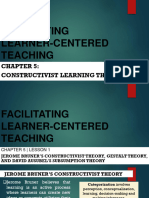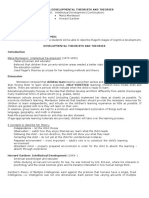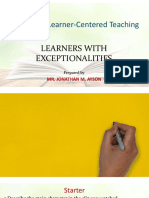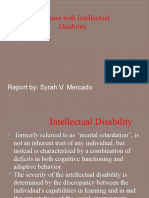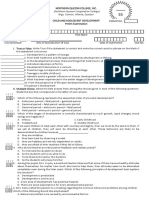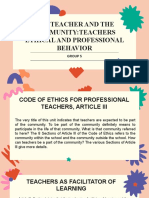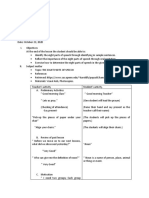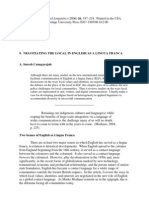100% found this document useful (1 vote)
53 views32 pagesModels in Teaching English
Uploaded by
Allyson Kenchi SalvoCopyright
© © All Rights Reserved
We take content rights seriously. If you suspect this is your content, claim it here.
Available Formats
Download as PPTX, PDF, TXT or read online on Scribd
100% found this document useful (1 vote)
53 views32 pagesModels in Teaching English
Uploaded by
Allyson Kenchi SalvoCopyright
© © All Rights Reserved
We take content rights seriously. If you suspect this is your content, claim it here.
Available Formats
Download as PPTX, PDF, TXT or read online on Scribd
/ 32






